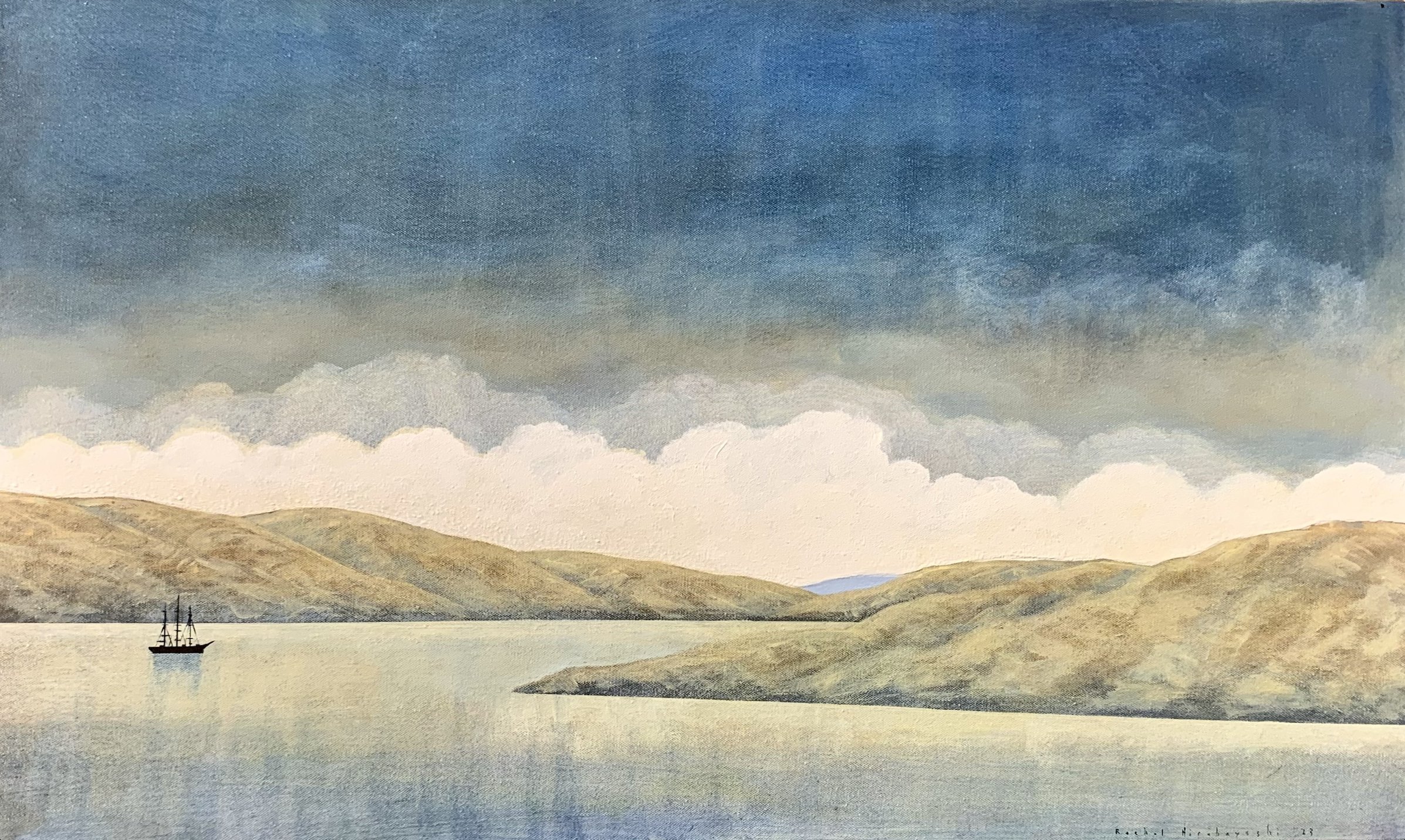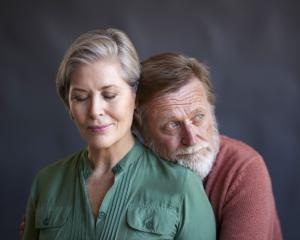
(Hullabaloo Art Space, Cromwell)
An anonymous cottage stands on a clifftop, windows overlooking the crashing sea below.
Crafted with an outward simplicity of form, it could be any home by the sea, with four walls protecting the complexities of love and life that would unfold within, generations of inhabitants leaving marks and memories; however, as time marches on, so do the forces of nature.
Ceramicist Sue Rutherford’s hand-crafted buildings are heading for the inevitable, as the ground around them falls into deep recesses, in a striking depiction of the relentless collision between water, wind and rock — and the lives caught in between.
With her new exhibition, Rutherford continues her fascinating exploration of the relationship between people and the environment, particularly the ever-changing coastlines.
In a world where many people strive for security and roots, but the only certainty is change, we have no choice but to move with the ebb and flow of the tides; it’s often human nature to battle against our environment, however, and that perpetual conflict can be seen in the smallest of details.
With her ceramic structures poised in a constant state of tension, Rutherford invests her work with an impressive sense of energy and movement.
The highly textural surfaces and layers mimic the spray of water, the scratches and weathering of rock, the clustering of marine life and the impression of small boats rocking against harbour walls.
Each piece appears to have been organically drawn out of the environment it depicts, marked by those same elements, thought-provoking and fascinating, and beautifully done.

(Rachel Hirabayashi Gallery + Emporium, Cromwell)
With its cluster of cosy rooms and quirky details, the historic Stumbles building in the Old Cromwell Heritage Precinct is worth viewing in its own right, but as the home of Rachel Hirabayashi’s new gallery, decorated to reflect both the artist’s home studio and an eclectic creative salon, it dovetails perfectly with Hirabayashi’s collections and the carefully curated guest works.
Taking the viewer between the past and the present as lone ships traverse deep seas and anonymous shadowy figures head home across the plains, Hirabayashi’s paintings capture feelings of courage and loneliness, hope and friendship — and timeless mischievous joy as dogs bound around their human companions. Her characteristic washes of colour bring in the cool, desaturated tones of both peacefulness and gathering storms, and with pigment allowed to drip and streak down the clouds and lakes, it’s as if the depicted elements are weathering through the canvas. With smaller works painted directly on to wooden blocks, the wave of the natural grain blends seamlessly into the motion of the painted water.
Each room brings new treasures to uncover — and in the rearmost studio is one of my favourite exhibits of recent times, Hirabayashi’s display of sketchbook pages from six weeks spent travelling in Bolivia.
Small moments, fascinating view and little slices of life and human nature are brought to life in ink and watercolour, annotated with amusing details and anecdotes; and as usual, opening a door into a Hirabayashi show is like stepping through a portal into a different time and place for a while.

(Central Stories Museum and Gallery, Alexandra)
In "The Ghosts Between Us", painter Katie Robinson and photographer Joel Potter collaborate on an artistic journey through the echoes of the past in Central Otago. With Robinson painting in response to each of Potter’s striking photographs, the result is immensely personal for the mother-and-son artist duo yet will resonate with all who have lifelong memories embedded in the mountains and lakes of the region, who feel the presence of their own loved ones among the golden hills and age-worn stones.
Potter’s photography has an edge of cinematic drama, a delicate handling of light and shadow that consistently feels entwined with storytelling — these aren’t simply pretty, static views of a frozen moment in time; each image feels like the opening scene of impending action, or as if we’ve been plunged into the middle of an unfolding narrative. There’s no sense of staged artificiality, however, but a deep connection to every twist and turn in the roads and rivers.
Likewise, personality and character thrum through Robinson’s brushstrokes like a living force, the two artistic voices coming together in both harmony and contrast as Robinson delves into painted interpretations of the same landscape, taking the viewer further into the scene and turning over new pages. As the path draws towards the central work and only interior setting, There’s Ghosts Inside, depicting the old cottage hospital in Ophir, a longtime family home for the artists with memories etched into every stone, we walk too, with the ghosts of both others and ourselves.
— Laura Elliott












